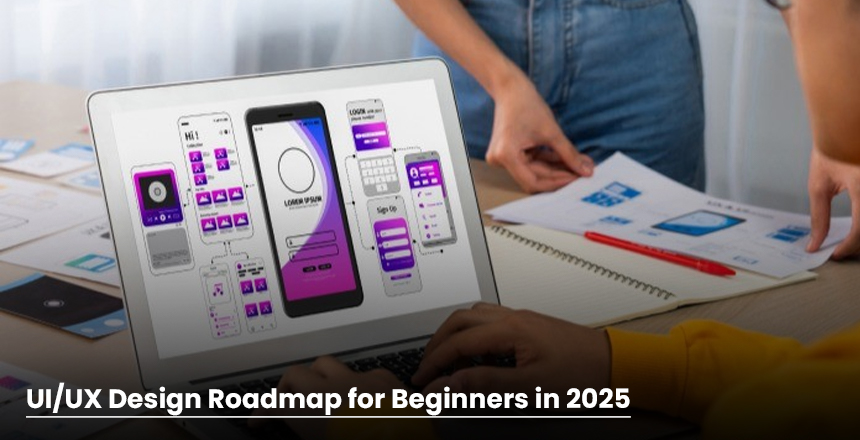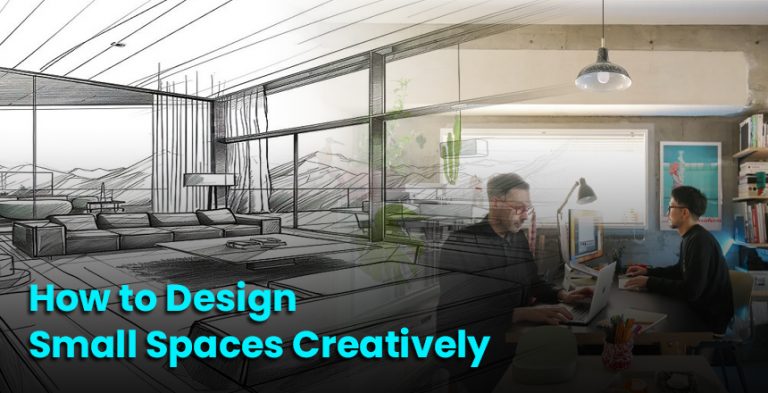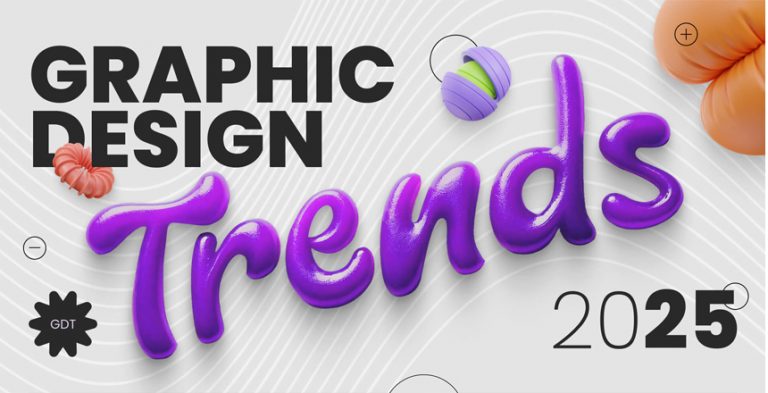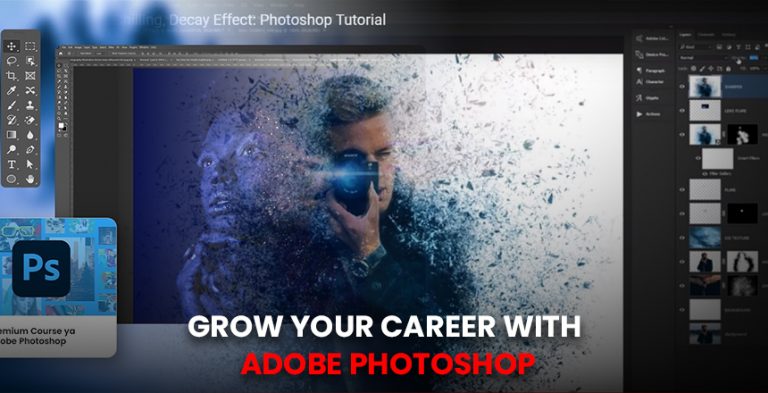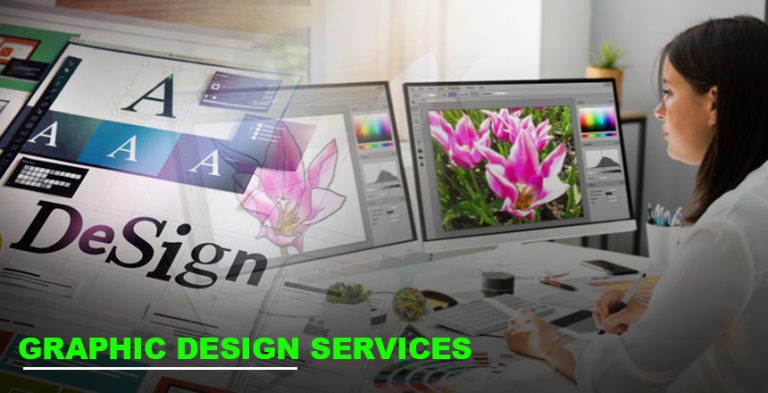It does not take a genius to realize that UI/UX design is all around us: in the apps we use to order food, in the websites we shop, and so on. And good designers are needed even in 2025 when the demand is even larger. The coolest thing? You may not require fancy software and high priced courses to get started. You can start design today with proper guidance and minimal free tools.
This is an easy starter guide which you will not strangle.
Step 1: Learn What UI and UX Quincy is
First, we can get the misunderstanding out of the way:
- UI (User Interface) works in the way things appear, the colours, fonts, buttons and plans you see.
- UX (User Experience) is the feel of things, that is, how easy and smooth something appears to a person when he/she uses the product.
- Consider a coffee-shop: the interior design and style of the menu is where UI can be focused, staff friendliness and the time it takes to get your coffee is the UX.
Step 2: study Simple Design Principles
Good design does not apply only to making things pretty but making things work. Some essential essentials:
- Typography: the choice of legible fonts and corresponding to the atmosphere
- Color theory: selecting the colors evoking an appropriate mood
- Spacing & layout: avoid cluttering everything up Spacing: How much space do you need, without being messy?
- Visual hierarchy: Ensuring that one notices the important things first.
Step 3: Begin With Wireframes
Planning needs to precede beautification. Wireframes are basic drawings of how and where everything is going on a screen.
- You may begin by pen and paper.
- Then go to free digital tools such as Figma or Whimsical.
- As the comparison goes, image wireframes as the blueprint then the house.
Step 4: Study Figma (It is free)
Figma is your friend in case you start in 2025. It also is free, will live in your browser, and will allow you to design, prototype and collaborate with other people.
- Design on various screens
- Take advantage of shapes, images and text
- Learn how to create non-disposable elements, to have consistency in your designs.
Practice idea: As an exercise, see what would happen to the home page of your favorite application when you tried to redesign it.
Step 5: Know more about your users with research
UX deals with problem solving as experienced by real people and therefore you must understand what people really desire.
- Conduct brief user interviews amongst friends or relatives
- Prepare Google Forms surveys to get feedback
- Keep an eye on the competitors to get an idea about what they are doing (and not doing so well)
- Small pieces of research may totally alter your design choices.
Step 6: Construct Simples Projects
Waiting on clients to contract you, you will never work on client projects, just develop your own.
- Redoing a uglier site that you may see on the internet
- Design a mobile app idea of a local or hobby business
- Create a click through page on a fictitious product
Add them to Behance, Dribbble or even LinkedIn. They will turn into your portfolio and clients enjoy looking at real-life examples.
Step 7: Get to know Prototyping / Testing
After you create your screens, link them together into a clickable prototype so that it has the feel of a live app or site.
- Figma includes an inbuilt mock-up capability.
- Send it to individuals and watch what they do with it-you will soon learn what will and what will not work.
- This is where you identify things wrong early enough and rectify them prior to an actual launch.
Step 8: Stay abreast of Trends
Design fashions are rapidly evolving. The trends in 2025 include such elements as large fonts, simplistic designs, and personalization through the application of AI. New ideas keep coming up.
- Follow them through YouTube, Instagram and LinkedIn
- Join communities on design to share the work and get feedback
- Once new tools are released, use them there and then, a few can be industry standards
Free software to start your path in UI/UX
- The Figma- design & prototype (the free plan is perfect to begin with)
- Canva-fast, easy designs and templates
- Coolors.co – create color palette with ease
- Google Fonts -high-quality fonts that are free Google Fonts- high-quality fonts that are free
- Unsplash / Pexels -mockup free photos
- Whimsical–flowcharting/Easy Wireframes
Final Word
In 2025, you won’t need a design degree or expensive software to get started in UI/UX. What it takes is just the spirit of curiosity, a few free tools and the desire to practice. Start up with the basic works, make petty projects, and share it with the world. It will take time to develop the skills, and confidence to earn your first clients or job offers.

